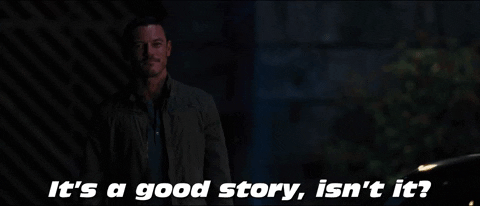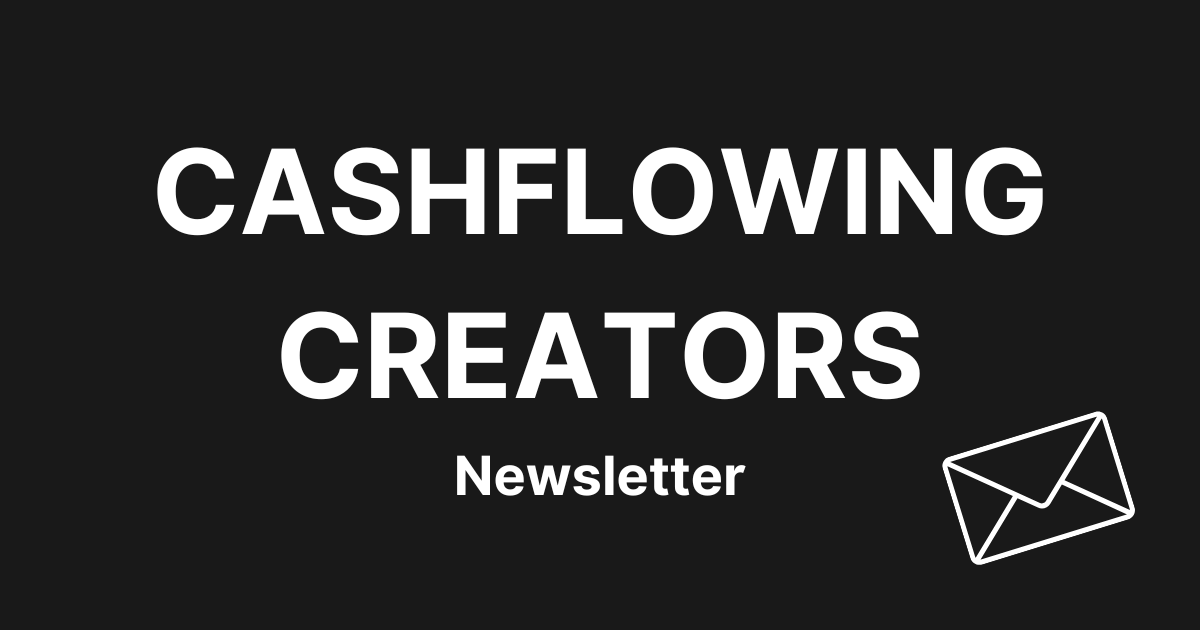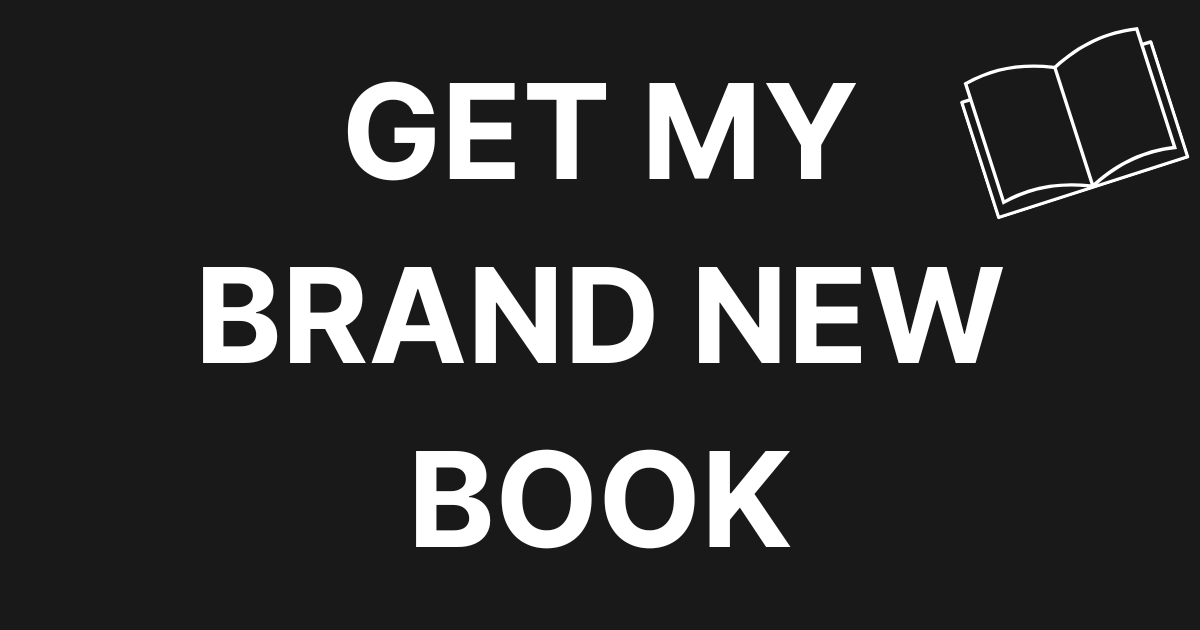Cutting through the noise on the internet can feel like an uphill battle.
Everyone’s creating content, running ads, and it’s getting crowded out there.
Getting attention is tough unless you can connect with people on a human level and tap into their emotions.
So how can you do that?
With one of the most underutilized skills that people have been using in advertising to sell their products for many decades…
Storyselling.
The traditionally dry and boring concept of selling turns into something interesting and engaging by simply telling a story.
The result from storyselling is a shift in engagement, responsiveness and it’s not really selling at that point. It’s just explaining how something changed your life and then offering your audience the opportunity to buy.
I’m going to explain exactly how you can start leveraging storyselling in all areas of your marketing in this article.
Let’s leave the stats and start getting some real human emotions out there!
Table of Contents
What is Storyselling?
In the marketing world if you’re a total amateur, you’re talking about the features of your product.
If you’re a bit better you’re selling the benefits of your product.
But if you’re a great marketer you’re telling a story, playing to the identity of the people you are serving.
Storyselling is the act of telling a story with a goal to captivate your audience so that they will remember, connect and relate through narratives.
The end result is connecting on an emotional level by capturing their interest instead of pitching facts.
You want them to fall in love with what you have to offer instead.
You can use storytelling at any point of the sales process too such as your sales pages, emails, webinars, etc. It’s extremely effective.
Why Do Good Stories Work?

The reason storytelling is so effective is because the buying process is not only a rational decision backed by data – it’s also an emotional one. Largely emotional actually.
In the book “Made to Stick” by Chip and Dan Health, they break down why some ideas stick and others don’t.
They share that time and time again the stats show that people remember a powerful story over cited statistics.
Stats like the ones you’re used to seeing: “We grew revenue by 200%.”
One example from the book shares how students at Stanford were asked to share facts with their classmates – 63% remembered the stories and only 5% remembered the actual statistics that they were told.
When we’re talking about the millennial buyer, some of the traditional practices we’ve learned in copywriting such as scarcity driven, psychology driven tactics to make people take actions doesn’t seem to work as well anymore either.
The newer generations are way more conscious of what their options are.
They’re way less likely to get tricked into clicking on an ad and following a funnel of buying something that is totally curiosity and scarcity based without actually really engaging them emotionally.
People know they have options. They know they can do research. They know they can pretty much buy from any company they want.
The difference factor is making connections with people on an emotional level and identity level – telling really good stories that engage people.
When it comes down to it humans are hardwired to pay attention to stories. Your ads are trying to get their attention…stories will help you do just that.
A Business Example of Storyselling
Let me illustrate a great example of a business using storytelling to ultimately sell their products like crazy.
A company called The Beard Club came out with a commercial that they ran on YouTube a few years ago. It was simply all about what guys with beards do.
They hit upwards of 7 figures in their first couple of months with that one ad because it was a great identity play.
Men with beards were able to relate to the bearded man lifestyle.
They didn’t talk about their beard oil the whole time, or why you need to use beard oil. They just talked about what men with beards do.
And then at the very end they threw in a call to action saying, “If you want to buy this oil that men with beards use – here’s where to get it.”
This advertisement goes back to the fundamentals of marketing, telling a great story, identifying with your customers and creating an emotional response.
It just works.
How To Craft Your Own Story
So how do you craft your own compelling story that captivates the attention of your audience?
Well it definitely does not have to be something where you sit down to make up a whole story from scratch only to be hit by major writers’ block.
Usually we find the story is your story. In other words, the story is what you’re already doing. You just have to use a concept we call story spotting to look back and find out what those details are.
But for your reference to help you develop those stories you find into a great story here’s the 6 elements of a great story:
1. Understand Your Purpose
Whether you sell a product or a service, don’t make the story about what you do, make it about “WHY” you do it. That’s what people will gravitate towards.
2. Create The Conflict
A pain point or conflict for your ideal customer can be the motivation they need to make a buying decision. Show your audience what problem your product/solution solves and what tension it relieves.
3. Create The Character
Develop a character that your audience can relate to. Someone that experiences the same challenges and has the same goals your ideal customer has.
Think about it like a hero’s journey. Someone goes out on an adventure. There’s this call to have to do something because they want to accomplish something, but there’s also some twinges of hesitation.
They go for it, get some help along the way, and overcome some obstacles in the end.
4. Make It About The Customer
Everyone always wants to know what’s in it for them. No one cares about you, they care about themselves. So hearing and sharing a remarkable story about themselves is something they will love.
5. Keep It Simple
We all have short attention spans. So use the beauty of simplicity to your advantage. Keep your story short, easy to digest and impactful. And if you need to take up more space for your story make sure it captivates the reader all the way through.
6. Deliver A Great Ending
With a great story, you’ve got your audience right where you want them to be. While you have them engaged, it’s essential to include a clear call to action to help them take the next steps to their happily ever after. Describe how doing business with you will improve their lives and help them achieve the goal they have or problem they want to solve.
A Simple Story Framework For Selling
Now that you have the elements of a great story, here’s a simple framework for taking that story and using it to sell.
Hook, Story, Offer.
You can use this for ads, video scripts, sales pages, pretty much anything in your marketing.
Get somebody’s attention, tell them a story, and make them an offer.
Include a sentence that hooks people’s attention to get them to stop scrolling.
Like something they would agree with. A statement that would make them stop and nod their head “yes”.
Then you’re going to bring in that hero journey story we talked about earlier.
Finally wrapping it up with your offer that brings them to the happily ever after.
Conclusion
By using storytelling in your marketing and essentially storyselling, you give your audience a reason to care about your business.
Cutting through the noise by connecting with them emotionally – whether that’s their identity, their struggles, their humor, or their triumphs is super powerful.
Connection, identity, and story are what’s going to win in the long run.
Start creating your own stories for your campaigns and see how it transforms your engagement and sales!




0 Comments